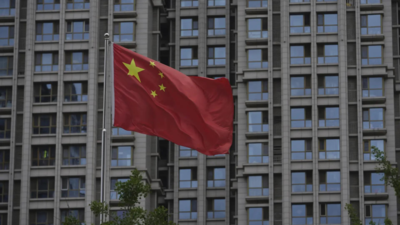
Chinese mines and refineries produce most of the world’s rare earth metals and practically all of a few crucial kinds of rare earths. This has given China’s govt near complete control over a critical choke point in global trade.But for decades in northern China, toxic sludge from rare earth processing has been dumped into a 4-square-mile artificial lake. In south-central China, rare earth mines have poisoned dozens of once-green valleys and left hillsides stripped to barren red clay. Achieving dominance in rare earths came with a heavy cost for China, which largely tolerated severe environmental damage for years. The industrialised world, by contrast, had tighter regulations and stopped accepting even limited environmental harm from the industry as far back as the 1990s.In China, the worst damage occurred around Baotou, a flat, industrial city of 2 million people in China’s Inner Mongolia, on the southern edge of the Gobi Desert. Baotou calls itself the world capital of the rare earth industry but the city and its people bear the scars from decades of poorly regulated rare earths production.The artificial lake of sludge known as the Weikuang Dam holds the waste left over after metals are extracted from mined ore.
During the winter and spring, the sludge dries out. The dust that then blows off the lake is contaminated with lead, cadmium and other heavy metals, including traces of radioactive thorium, according to technical papers by Chinese scholars. In Baotou, radioactive thorium was simply dumped into the lake for decades instead of being stored in special repositories, as required in the West.
During the summer rainy season, the sludge becomes coated with a layer of water that mixes with poisons and thorium. The Weikuang Dam, also known as a tailings lake, is 7 miles north of the Yellow River and was built in the 1950s without the thick, waterproof liner underneath that became standard in the West in the 1970s. Baotou’s lake is so large that it cannot easily be rebuilt with a liner. Any effort to move and store the sludge would be a logistical challenge. (In the days of the Soviet Union, thorium dust blew across Scandinavia from a tailings pond at a rare earth processing facility in Estonia.
Soon after the disintegration of the USSR in 1991, the EU spent close to $1.2 billion to build an adjacent pit with 10-foot-thick concrete walls, move the sludge into it and cover it with 30 ft dirt.)The enormous Bayan Obo iron ore and rare earths mine, 80 miles north of the city in the Gobi Desert, produces most of China’s light rare earths, like lanthanum for oil refining, and most of its medium rare earths, like samarium for the magnets in fighter jets and missiles. In trade disputes with the US and the EU, China has since April halted exports of samarium to any country and has restricted exports of heavy rare earths, which are mined separately near Longnan in south-central China.






